Robotic Process Automation (RPA) brings speed, efficiency, and sustainability to your business processes, shaping the future today.
Amid the fast-paced digital world of today, businesses are more inclined to find new and better ways to automate operations and raise effectiveness. One of the modern technology trends that have become the talk of the town in recent times is Robotic Process Automation (RPA), which has got both attention and adoption.
We start this guide by presenting RPA as something that can be explored in both theory and practice, enabling you to gain the best possible knowledge. By the end of the article, you will be able to comprehend what RPA has to offer in a thorough manner. It will also be helpful in fostering the success of the company.

Table of Contents
Introduction to Robotic Process Automation (RPA)
Robotic Process Automation (RPA) is a tool for automating repetitive and rule-based tasks by using software robots or “bots.” These bots are the jobs that were always done by human employees. The bots are built to mimic human capabilities. They use digital platforms as their workspace. They carry out a lot of tasks with a high level of accuracy and very quickly. Robotic Process Automation (RPA) is a combination of artificial intelligence (AI) and machine learning (ML). It is a more complicated process. It doesn’t stop at the time it starts; it is continually being improved.
Why don’t I talk to you about that later? Automation’s concept is a well-loved one. However, it was not until the development of RPA that it was taken to the next level. Unlike the traditional up to date automation tools, RPA does not require full integration with the existing systems. This makes it more attractive in terms of efficiencies. As it can be adapted better to different processes this helps the company to save time and money in the process. This ability of the software to be adjustable immediately allows companies to install quickly RPA and consequently the achievement of success in saving time and money in the processes.
How Robotic Process Automation (RPA) Works
Robotic Process Automation (RPA) is intended by means of specific guidelines that provide a framework to which bot implementation conforms. This is similar to the way humans follow other people’s instructions. The usage of RPA was constructed using AI and ML. This is why these principles enable bots to learn from their own experience. Also, it allows them to modify their behavior according to the situation. Now, to the point, a close-up look at RPA’s work would be given there:
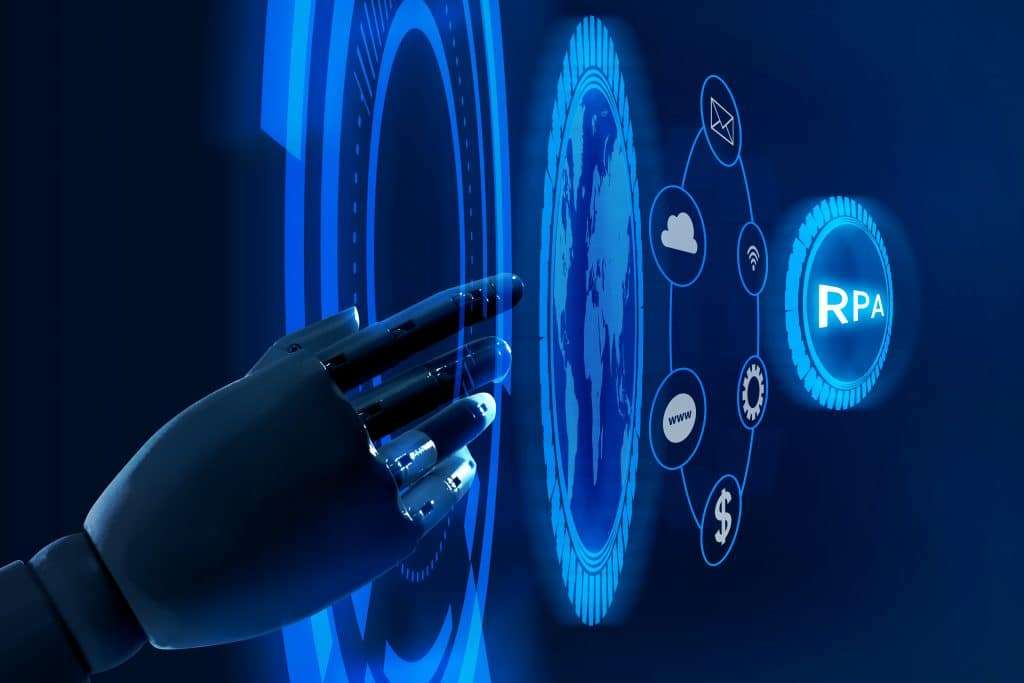
Task Automation
The Robotic Process Automation (RPA) bots are instructed to partake in the accomplishment of certain tasks by carrying out all the agreements made by people.
User Interface Interaction
Robotic Process Automation (RPA) interacts with current software applications by mimicking the interfaces humans use, almost without any signs of difference. This is done by RPA itself as a human would do. It is the reason that RPA can be installed without having to make fundamental system modifications. Bots are able to be involved in the task of operating through several apps, which in turn makes them very flexible and adaptable to diversely tuned business environments.
Integration with AI and ML
A RPA Developer who is inexperienced still has the capacity of rule execution. By integrating AI and ML technologies, the bots can process more complex tasks. AI can be employed to investigate the unstructured data. For example, you can extract information from emails or different kinds of documents. ML will be able to help bots to master the data that are based on previous examples. Hence, they could be able to take decisions on their own. In this respect, the addition of these technologies improves RPA functionalities thus setting it to automating more diverse processes as well as to providing deeper knowledge.
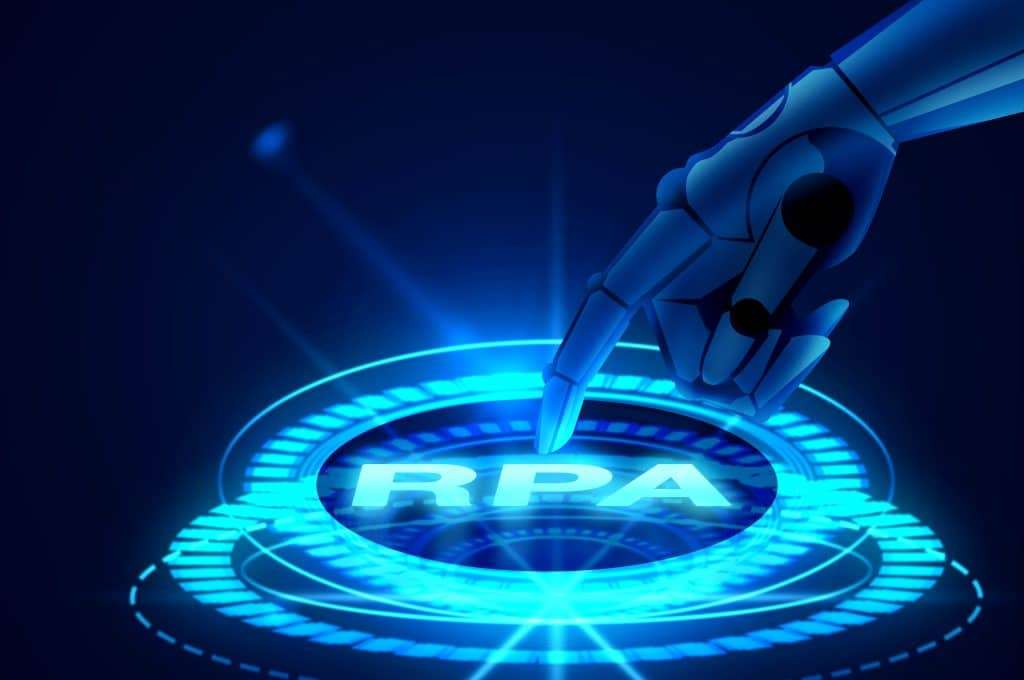
Benefits of Robotic Process Automation (RPA)
Robotic Process Automation (RPA) is the implementation of technologies in business operations. It has several important advantages that can lead businesses to work more efficiently, software processes and develop a more competitive edge. Here are some of the key benefits of RPA:
Increased Efficiency
With Robotic Process Automation (RPA), companies can save time and labor by automating repetitive and time-consuming tasks, which are the main reasons behind the loss of time and effort in the completion of a process. Bots are able to manage the work round-the-clock without any breaks and hence, they are finished the work quickly and consistently. The improved productivity allows people to engage in critical thinking and solving problems which are of high value.
Cost Reduction
Therefore, automation helps to reduce human intervention which should logically lead to bringing the labor and operational costs to a smaller amount. Robots that work for RPA can perform the tasks at almost no cost which is a fraction of the cost humans bear. This is what makes RPA an ideal solution as businesses will then be able to utilize their resources optimally. Automation also improves accuracy in processes, thereby cutting costs related to mistakes correction even more.
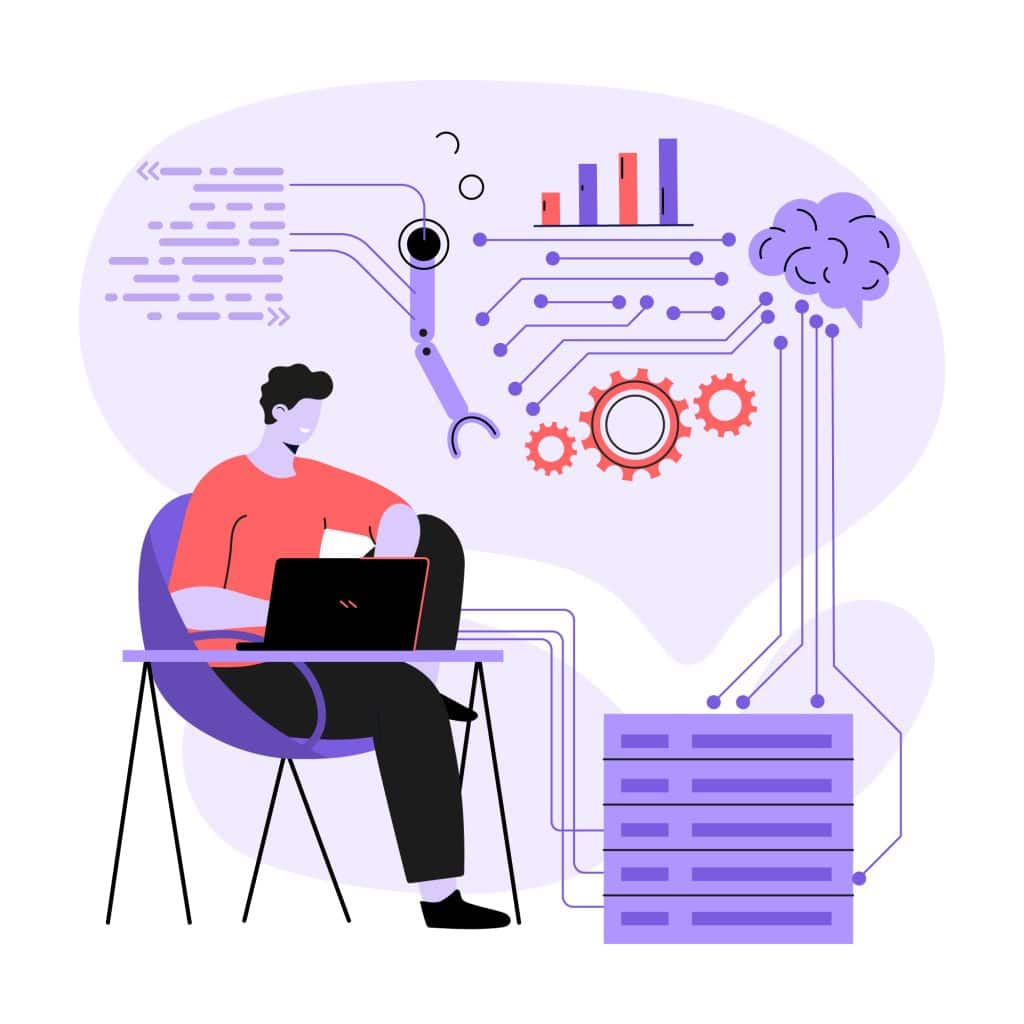
Accuracy and Consistency
With high precision and low failures, RPA bots do the tasks in such a way that makes the input error-free and output consistent. Accordingly, the performance quality of tasks which call for precision, e.g. data entry and financial reporting will be excellent. Aided by RPA, companies are in a position to improve their quality and achieve further reliability during the processes.
Scalability
The RPA solutions can be simply designed to elevate the trendiness of a business. A company might not want to outsource and automate only a few jobs. Yet another case may be that of a company wanting to automate hundreds of procedures. RPA can be set up so as to manage these varying workloads. Therefore, this scalability enables one to achieve enhanced operational capabilities. Without experiencing a consequential performance downgrade or decline of efficiency.
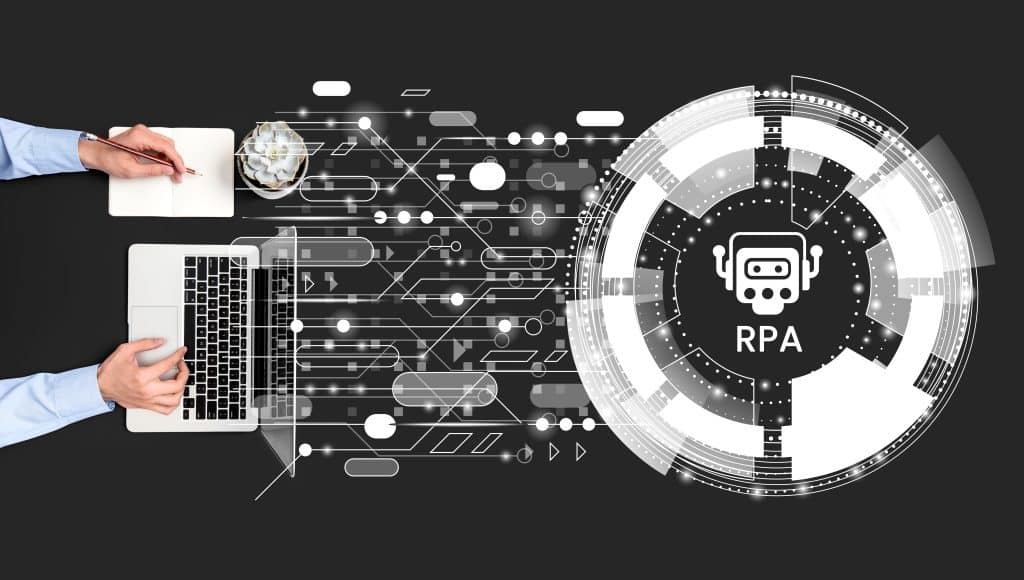
Applications of RPA
RPA is a technology that spans many industries and functions and it gives significant benefits and shakes the way businesses are run. Below you will find the applications of RPA which are not uncommon:
Finance and Accounting
RPA has become very popular in finance and accounting because of its capacity to automate such processes as invoice processing, payroll management, and financial reporting. They perform tasks like accounting for a large number of transactions while maintaining a great degree of accuracy. There is less human intervention, and, consequently, accountants and bookkeepers have lighter workloads to handle. This is how cost efficiency is maintained through the expedited and correct financial transactions.
Customer Service
RPA is, with great effect, automating the grounds of customer service. These activities—for example, customer queries, order processing, and complaints managing can be automated with RPA. The robots’ work is already done; the human employee now can carry out the remaining tasks, which would be to improve the overall service of the customer as highly as possible, and make it as personalized as possible.
Human Resources
RPA can make HR work better by integrating various HR process like employee onboarding, benefits administration, and compliance tracking, among others. By automating these works, the HR department can improve their effectiveness. They can introduce measures for HR staff that help to minimize administrative work. This way, HR staff can concentrate on giving timely and accurate support to the employees.
Healthcare
In the healthcare sector, RPA can be used for patient records management, appointments scheduling, and insurance claims processing. Automation helps healthcare providers improve the accuracy of their operations. Additionally, it speeds up the implementation of these operations, which leads to better patient outcomes and overall efficiency.
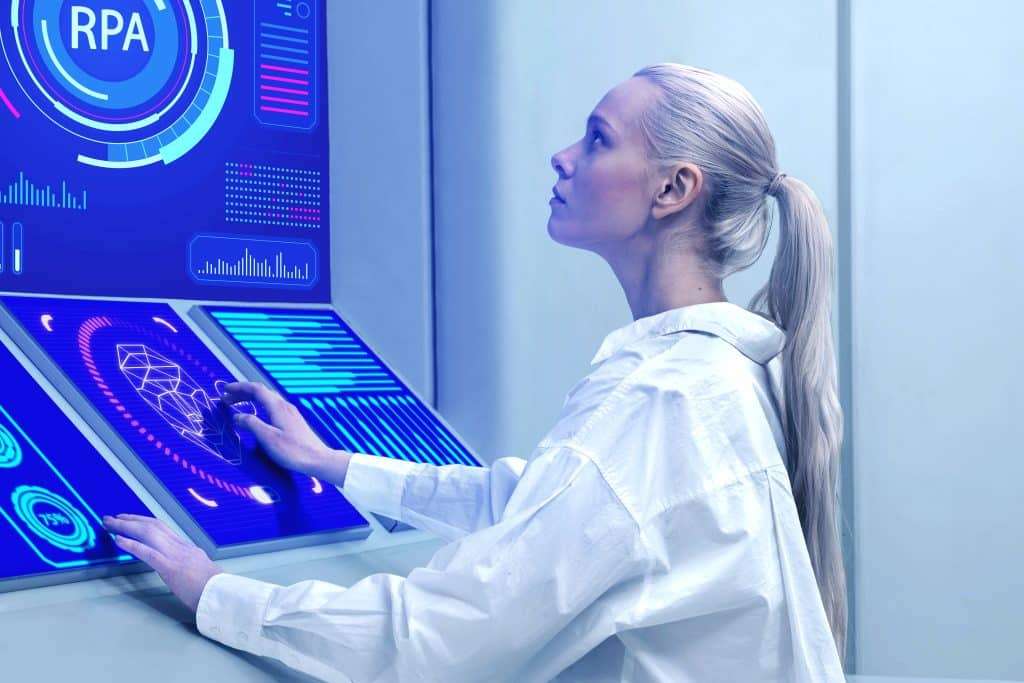
Future of RPA
Due to technological advances, RPA is expected to have a very good future. Bots will be able to do more complex work thanks to the improvement of technologies in AI and ML. This growth makes RPA a necessity de tool in businesses. It is what makes them stay in front in a very dynamically transforming market.
The incorporation of cognitive technologies will allow RPA to perform tasks that require understanding, reasoning, and decision-making. This will further expand its potential applications.
Firms that adopt RPA will have a stronger footing in the murky waters of the digital age. They will be much more efficient operationally. These organizations will be superior value drivers for their customers. RPA is a moving target. It will be a central part of the future of work. It will be the impetus for innovation in various industries.
What is the difference between RPA and robotic automation?

RPA is a software robot that acts as a proxy to perform human activities but artificial intelligence is the creation of human intellect in a computer by means of software. Robotics is a term used to refer to machines, of which sight, touch, and action are their main features, and varying degrees of autonomy are their main charact eristics since some of them can make decisions by themselves.















